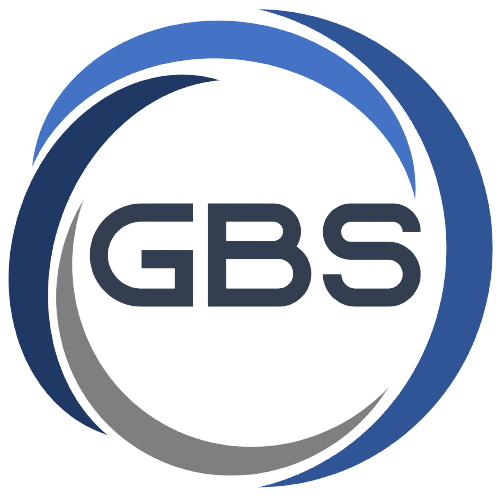As a manager, maintaining consistent application of your best practices is crucial for sustaining high employee engagement. Amid the challenges of addressing urgent issues and meeting targets, it can be tempting to let this essential aspect of your role slide in priority. Juggling numerous responsibilities, especially when considering the number of direct reports, can make it challenging to keep all these factors in mind.
Kevin Sheridan, writing for ATD, has devised a checklist of things to help ensure you stay on task when it comes to keeping your staff engaged.
- Assign a regular hour each week to recognizing outstanding employee work or results.
- Schedule a career-development discussion with each staff member during the year’s last quarter.
- During the career discussion, try to find out how the employee hopes their career will develop over the course of the next six months or year, and work together to see what you can do to help achieve them that goal.
- Regularly ask employees how they feel about their work, specifically what gets them excited about it or what they find gratifying. And ask them if there’s anything that turns them off too — it could be something about the work, their schedule, or the office environment. Sheridan’s blog has a list of questions employees can ask themselves to help them clarify how they’re feeling.
- Give employees the opportunity to share with you their non-work interests and activities and do your best to genuinely relate to what they find compelling. Next time you’re looking for a way to reward good work, consider a gift that relates to their interests.
- Measure the engagement of your direct reports with weekly pulse surveys to get feedback on how happy they are and identify any problem areas before they get more difficult to address.
- Be careful always to be clear and specific about your expectations of each employee’s performance and results.
- Don’t forget to regularly initiate some activities whose only purpose is fun. Schedule some target dates for entertaining events in your personal calendar to make sure you don’t forget to make them happen.
Ensuring the engagement of your staff is paramount to achieving your broader goals, making it imperative not to overlook. It represents the human facet of resource management and serves as an excellent means to foster genuine connections with your staff on a personal, human level.
If you’re ready to do more for your employees, speak with one of our employee engagement experts today!!

